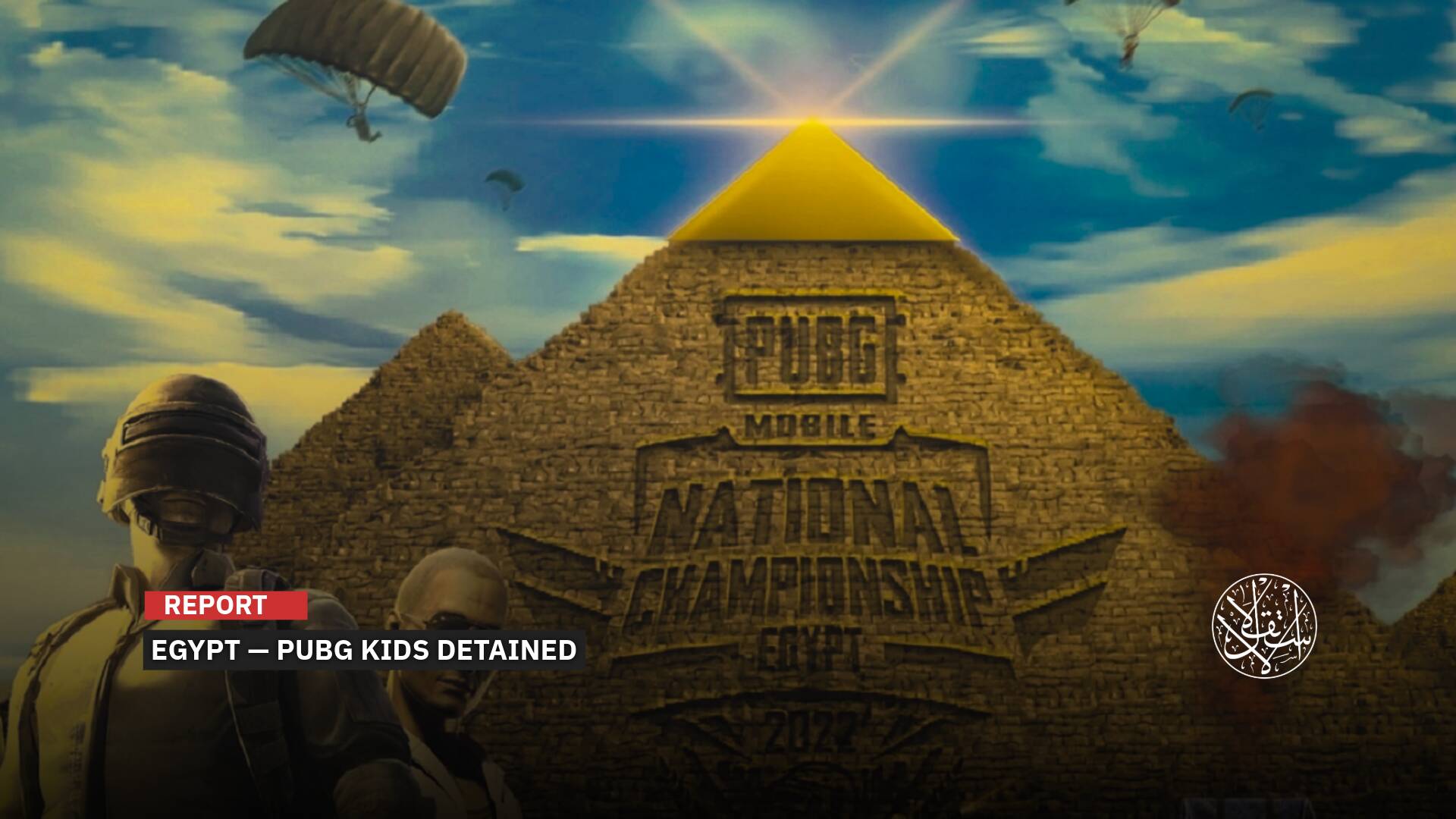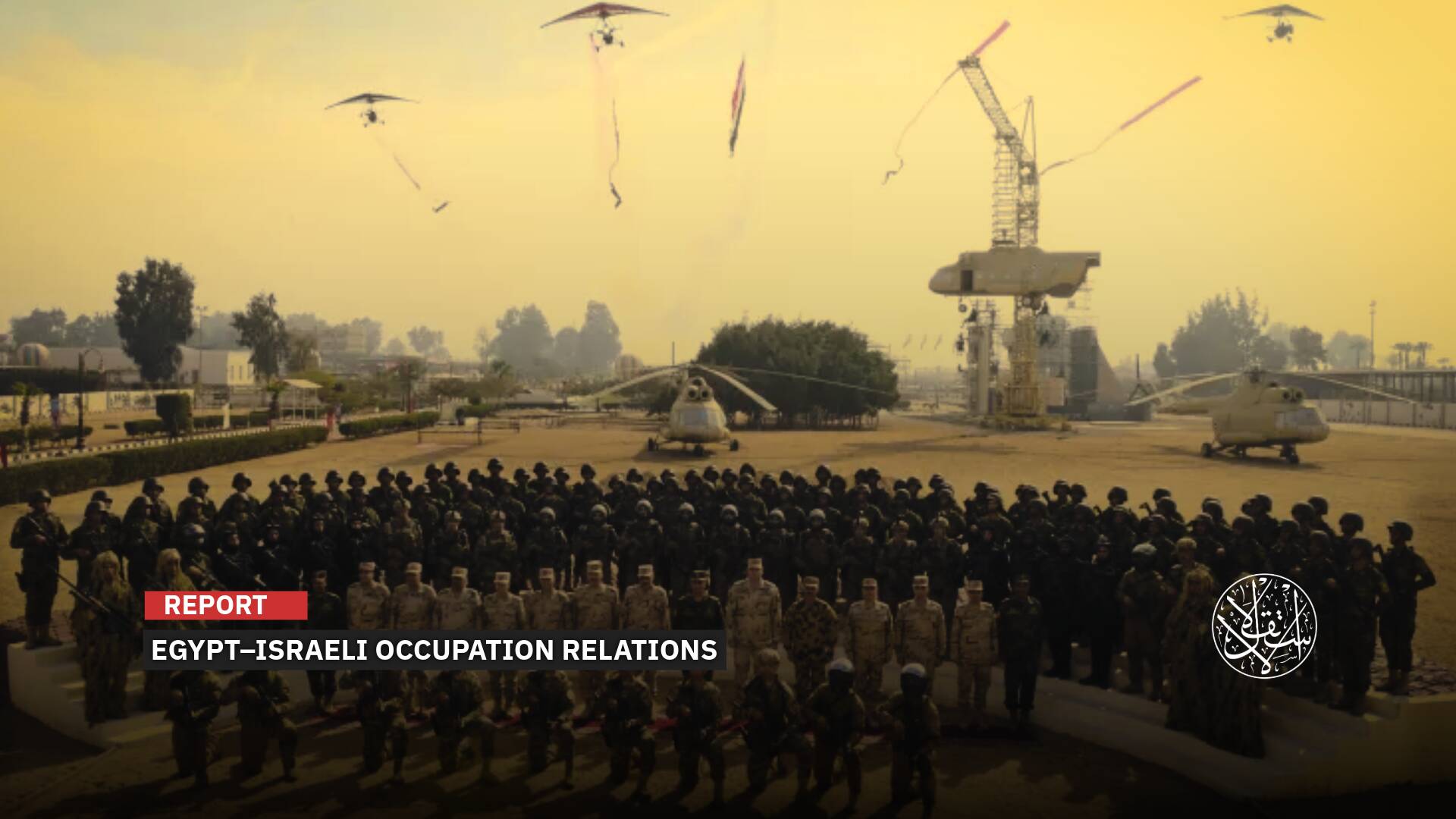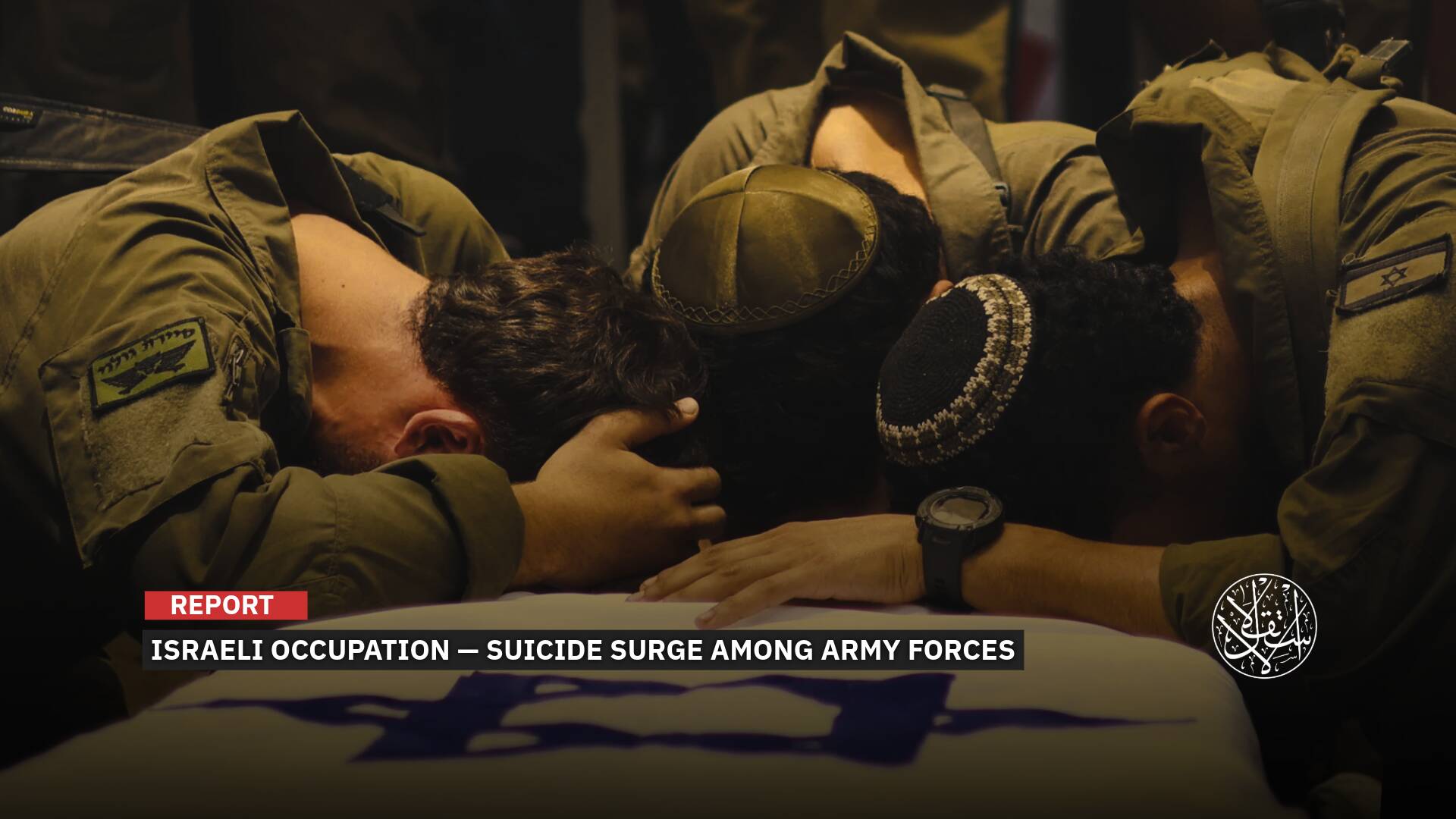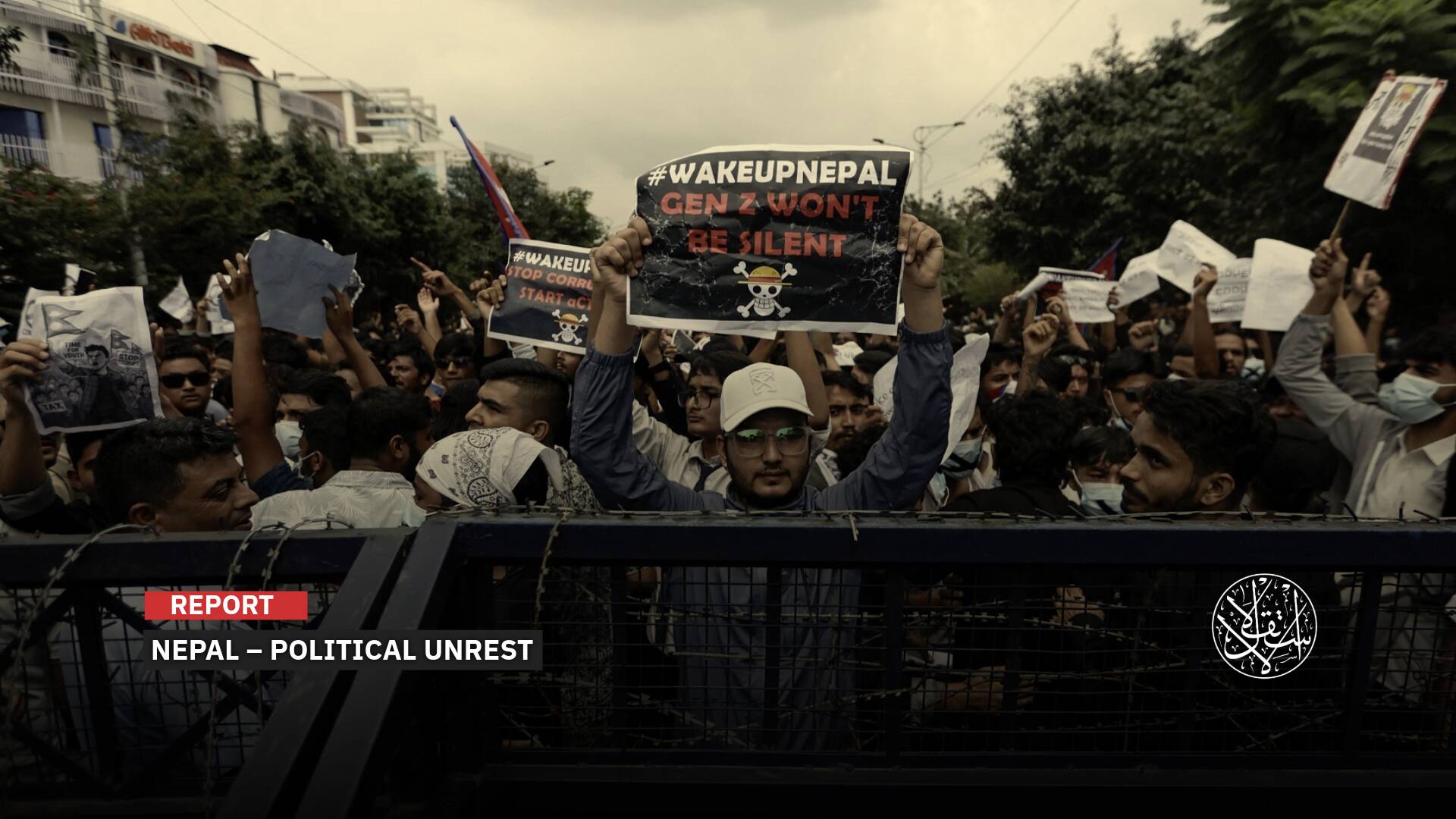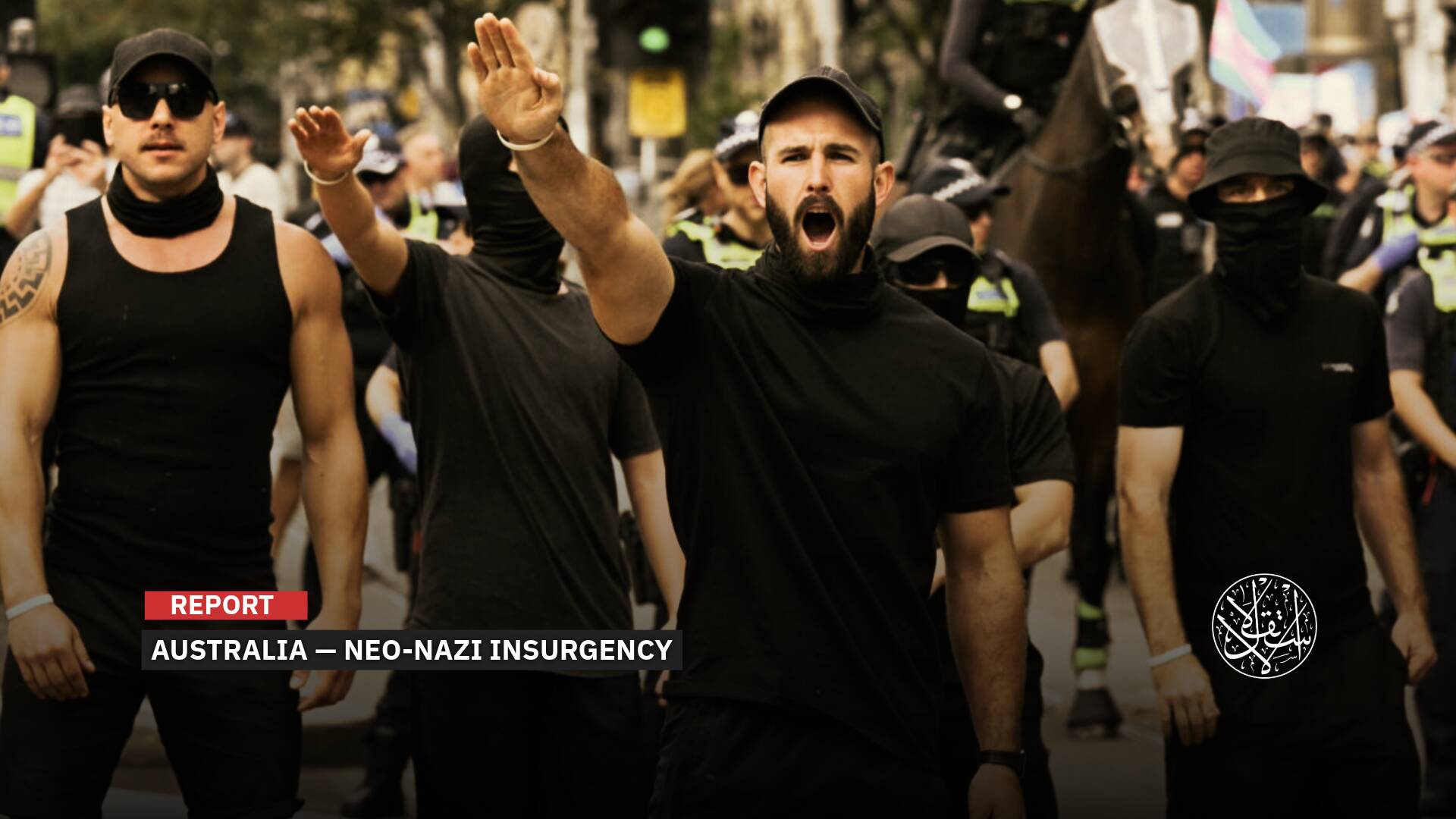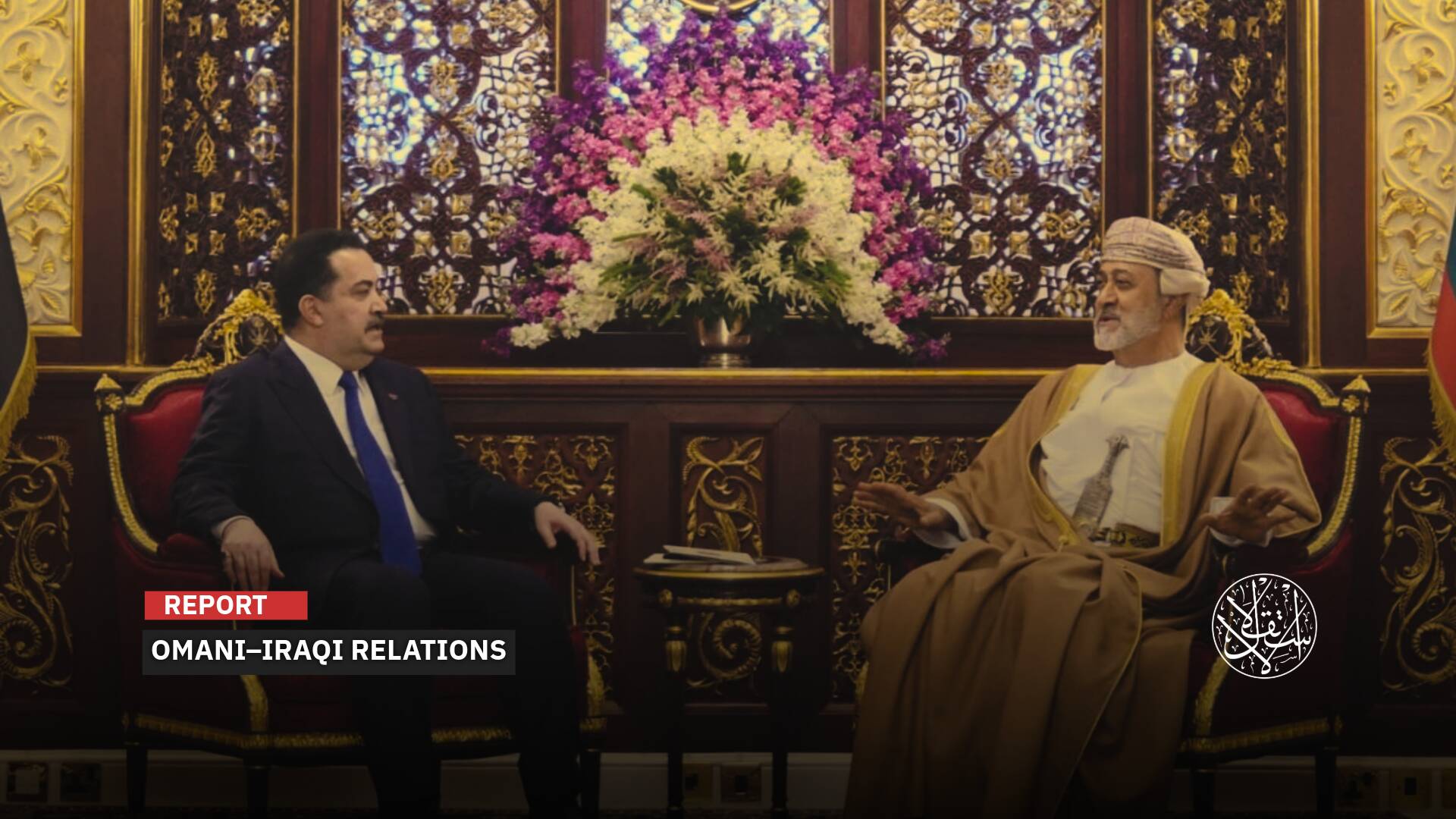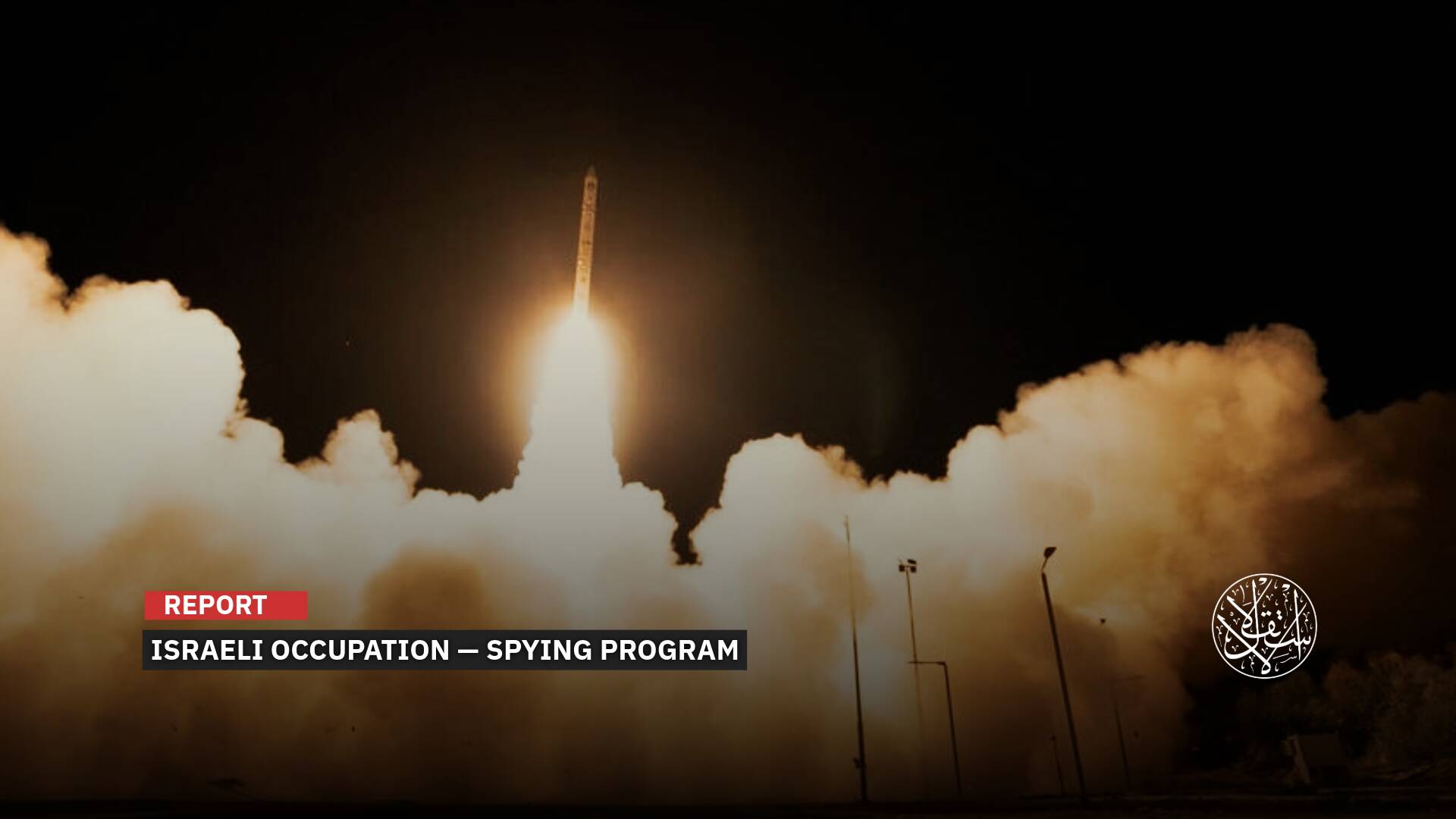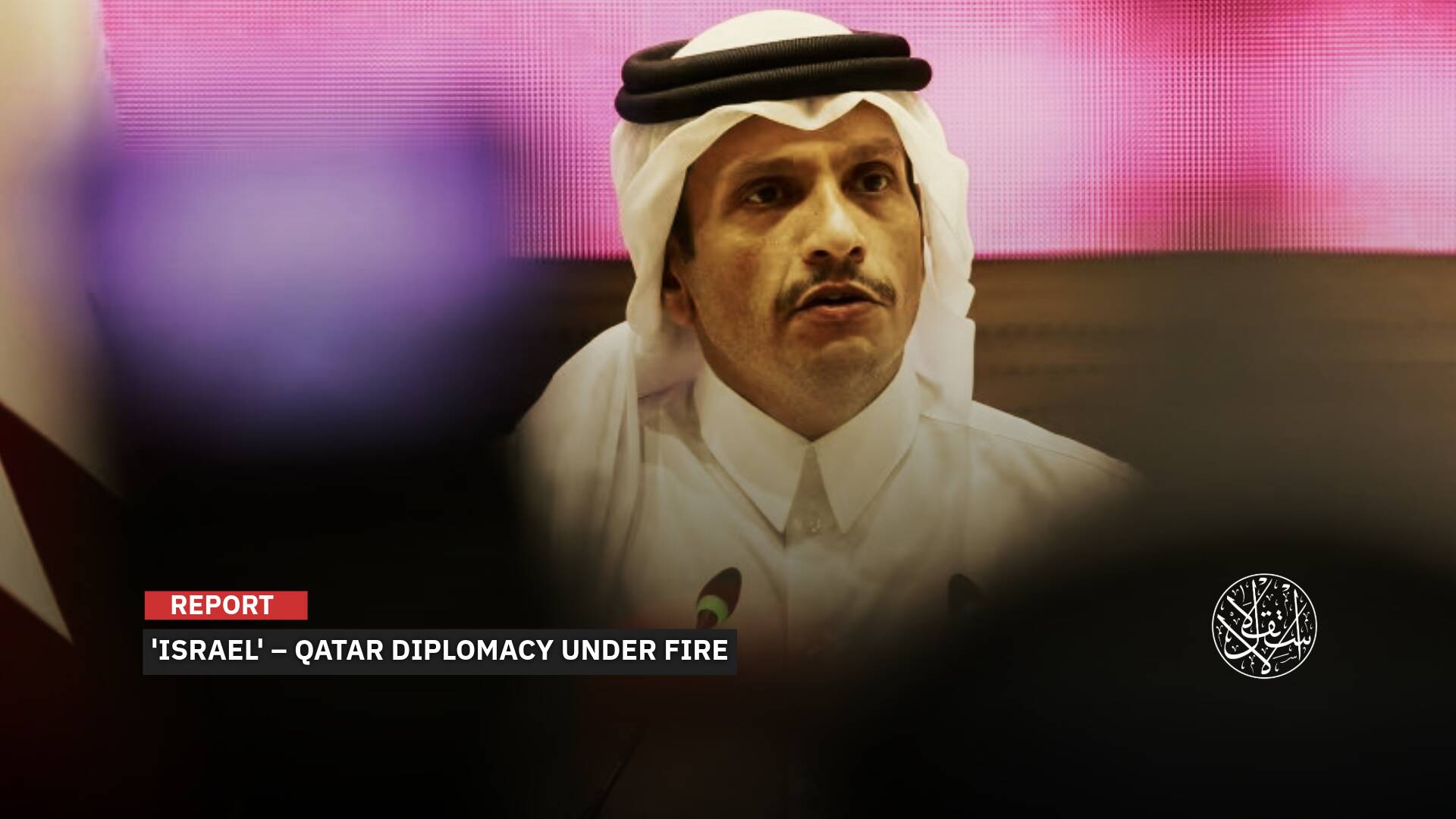Why Hamas’ Control of Gaza Settlements, Funded by Billions from ‘Israel,’ Matters

On the morning of October 7, 2023, Mohammed Deif, the shadowy leader of Hamas’ military wing, al-Qassam Brigades, announced the start of Operation al-Aqsa Storm (or al-Aqsa Flood) in response to the Israeli Occupation’s crimes against Palestinians and its repeated incursions into al-Aqsa Mosque.
Deif explained in a recorded speech that the initial strike of the operation, which targeted enemy positions and fortifications, involved more than
Ground forces began their advance towards Palestine from the settlements adjacent to the besieged Gaza Strip, which has been under blockade for over 16 years.
Where exactly are these settlements situated, and what makes them so strategically important? What is the significance of controlling them, and why do they consistently factor into each escalation cycle?
Initial Outcomes
With each escalation cycle between the Israeli Occupation army and Palestinian resistance factions, the term “Gaza Envelope settlements” emerges, referring to the settlements located near the besieged Gaza Strip.
However, for the first time, these settlements were directly involved in a cycle that began with the al-Qassam Brigades launching rockets from within the Gaza Strip.
Throughout its history, Palestinian resistance has engaged in these cycles primarily to defend itself and its people. Still, this new battle was characterized by surprise and offense.
One of the initial outcomes of this operation in the Gaza Strip region, as reported by Yedioth Ahronoth newspaper, was the infiltration of Hamas militants into a military base that reportedly served as the command headquarters for the Gaza Division.
Images circulated showing what local media identified as the capture of the commander of the Gaza Division in the Israeli army, Major General Nimrod Aloni, by Palestinian resistance fighters.
مواقع إسرائيلية: قائد قوات العمق نمرود ألوني من بين من تم أسرهم من قبل حماس . pic.twitter.com/Unx1o6SVcY
— laila odeh الإعلامية ليلى عودة (@lailaodeh4) October 7, 2023
As announced by the official Israeli broadcasting authority, fighters from Hamas took control of at least three settlements in the Gaza Envelope five hours after the surprise attack.
Subsequently, Channel 12 Hebrew reported that special forces are working to regain control of seven settlements in the Gaza Envelope.
The broadcasting authority stated that the Israeli army is engaged in clashes with Palestinian gunmen in six towns and an army post in the Gaza Envelope.
It mentioned that dozens of Palestinian gunmen infiltrated six Israeli communities and an army post in the Gaza Envelope, opening fire and engaging with the Israeli army.
The seven locations are identified as Sderot, Nahal Oz, Kfar Aza, Magen, Sufa, Be’eri, and the Gaza Division headquarters of the Israeli army.
Palestinian factions have previously targeted Israeli towns with rockets and shells from Gaza, but large-scale infiltrations have not occurred.
Israeli military radio announced the death of Ofir Lipstein, the head of the local council of Sha’ar Hanegev town (in the south), during exchanges of gunfire with Palestinians.
An army spokesperson stated, “We are flooding the Gaza Envelope with soldiers because there are still combat situations with gunmen who infiltrated from the Gaza Strip.”
Hours after the surprise attack, Israeli media confirmed ongoing clashes in several Gaza Envelope settlements, with al-Qassam fighters still present in the area.
Videos showed Israeli settlers fleeing en masse from Gaza Envelope settlements, with some taking shelter inside garbage containers.
Thousands of Israeli settlers are running away from their illegal settlements right now..#AqsaTorrent #طوفان_الأقصى pic.twitter.com/622KKALhhX
— Muslim Imran ���� مسلم عمران (@muslimbinimran) October 7, 2023
The Israeli government has announced the capture of 35 Israelis so far, with Palestinian estimates suggesting the number is much higher.
Numerous videos have also been circulated, showing the killing and injuring of a significant number of Israelis within Gaza Envelope settlements during the operation.
"إمشي معي".. لحظة أسر جنود إسرائيليين من دبابة شرق قطاع غزة pic.twitter.com/zxeHVTNlKT
— وكالة شهاب للأنباء (@ShehabAgency) October 7, 2023
Maariv newspaper reported numerous social media posts about dozens of missing Israelis in the vicinity of the Gaza Strip.
During the ongoing offensive, Abu Ubaida, the spokesperson for the al-Qassam Brigades, affirmed that “the operations are proceeding on the ground as planned in all sectors, and the enemy is unaware of their results.”
Simultaneously with the ground operations, Palestinian resistance continued to launch hundreds of rockets at settlements in the Gaza Envelope, prompting the Israeli Occupation to declare a state of war.
The Gaza Strip Story
In February 2004, the then-Israeli Prime Minister, Ariel Sharon, put forth a plan for Gaza Strip disengagement. This plan entailed the evacuation of settlements within the Gaza Strip and a full-scale withdrawal.
In September 2005, the Israeli Knesset (Parliament) approved the plan, and the Israeli authorities indeed evacuated the settlements in the Gaza Strip. At that time, all 25 settlements, known by Palestinians as “liberated” settlements, were removed, marking the end of the withdrawal process and the dismantling of settlements along with the evacuation of approximately 8,500 settlers.
The Israeli disengagement plan, in one of its clauses, aimed to strengthen settlements in the West Bank. This effectively meant the Knesset’s approval, for the first time, of the annexation of West Bank territories to “Israel,” following its earlier annexation of East Jerusalem.
When Sharon proposed the plan, settlers engaged in a fierce struggle against it, attempting to dissuade him from proceeding. According to the Palestinian news agency WAFA, thousands of settlers tried to infiltrate the Gaza Strip multiple times to prevent the plan’s implementation, but the military authorities prevented them from doing so through military closure orders, turning the area surrounding the Gaza Strip and the settlements into a closed zone, prohibiting entry.

But following this Israeli withdrawal, the Israeli Occupation opted for an alternative approach. They established a “buffer zone” along the land border of the Gaza Strip, spanning over an area of 360 square kilometers, with a length of 41 kilometers and a width ranging from 5 to 15 kilometers.
Behind this buffer zone lay what is known as the “Gaza Envelope settlements,” the soft underbelly of the Israeli Occupation and the primary target of resistance in every escalation.
Since then, the Israeli authorities intensified construction in these areas, leading to an increase in the number of Israeli settlements near and adjacent to the Gaza Strip to over 50 settlements.
The number of settlers in the Gaza Envelope rose from around 42,000 in 2009 to approximately 55,000 in 2019, marking a 30.6% increase, according to a report by the Israeli financial newspaper Globes, in May 2022.
This envelope consists of three regional councils under government jurisdiction: the Hof Ashkelon Regional Council, covering an area of 380 square kilometers and inhabited by over 13,000 settlers in 32 settlements; the Eshkol Regional Council, spanning 175 square kilometers with approximately 17,000 Israeli residents in 4 settlements; and the Sha’ar Hanegev Regional Council, whose leader was killed during the ongoing operation, extending across 180 square kilometers with 11 settlements housing more than 7,000 settlers.
Importance of the Region
Since the Israeli withdrawal, the Israeli Occupation authorities have continued to construct sturdy cement barriers extending beneath the ground’s surface along the border with the Gaza Strip to prevent its infiltration, whether through breaching the wall or via resistance tunnels.
Under the cover of a 30-foot-high concrete wall, the Israeli army announced in December 2021 the completion of a massive barrier stretching both above and below the ground along the Gaza Strip’s borders.
This project, costing 3.5 billion shekels (1.1 billion dollars), took over three years to be finished and aimed to eliminate the threat of cross-border attack tunnels from the Palestinian enclave, which Hamas leaders had effectively used in the past.
The barrier, which spans 40 miles (65 kilometers) along the Gaza Strip’s borders and extends into the sea, is designed to prevent armed Palestinian factions in the enclave from digging tunnels beneath the water, a tactic they attempted in the past.
The barrier consists of several components: a fortified underground concrete wall equipped with sensing devices to detect tunnels, a 20-foot-high steel fence, a network of radar arrays and other surveillance sensors, and remotely controlled weaponry.
All this attention is driven by the fact that breaching this area and reaching the Gaza Envelope settlements would nullify the geographical barrier towards the West Bank and place vital Israeli sites under threat.
Therefore, in recent years, “Israel” has offered significant incentives to the residents of the Gaza Envelope settlements to attract them to live there and serve as a barrier between the Gaza Strip and the West Bank, preventing security breaches.
مشهد لاقتحام الشبان قاعدة عسكرية للاحتلال في "غلاف غزة" pic.twitter.com/S3zonO80wa
— القسطل الاخباري | القدس (@AlQastalps) October 7, 2023
The danger of these settlements to “Israel” lies in their proximity to the Gaza Strip and their exposure to the observation points of Palestinian resistance. After the operation, hundreds of Gazans, including civilians, infiltrated these settlements, making it difficult for the Israeli Occupation to regain control over them.
Yedioth Ahronoth newspaper stated that 9 hours have passed, and the Israeli army has not fully regained control over some of the Gaza Envelope settlements.
Regarding the significance of the area that Palestinian resistance has breached, military expert Yusuf al-Sharqawi said, “War has its rounds, and what happened is a tactical strike that excellently achieved its objectives by breaking the defiance of the army and the settlers simultaneously.”
Al-Sharqawi added in an interview with Al-Estiklal, “This tactical operation will undoubtedly achieve its goals because it succeeded in raising awareness among the Israeli society, the political and military levels, and even among the settlers.”
He emphasized that “the importance of this tactical operation lies in its success in emptying the prisons of Palestinian prisoners,” wh o number around 5,000.
The military expert also confirmed that “the ability of the resistance to infiltrate the Gaza Strip settlements exposed the failure of both the intelligence and military levels, in addition to the political level, which had assessed a few days ago that the resistance was militarily defeated.”
He pointed out that the Israeli Occupation had deluded itself into thinking that the resistance was defeated because it allowed thousands of Gaza workers to work inside “Israel.”
However, the opposite was proven after the resistance misled “Israel” by pretending to accept this situation (the ongoing 16-year-long blockade of Gaza), according to al-Sharqawi.
He emphasized that the forthcoming scenes from the operation indicate the humiliation of the Israeli army and its awakening to reality by the resistance.




